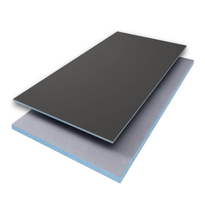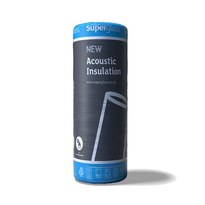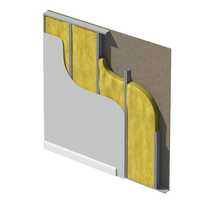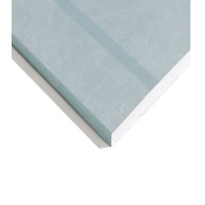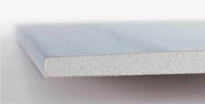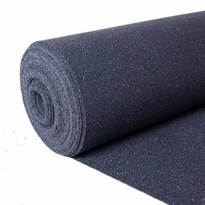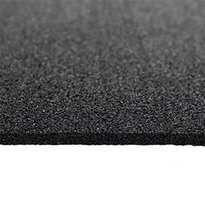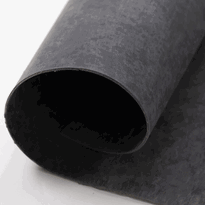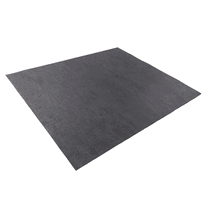Understanding the Basics of Ceiling Soundproofing
Gaining a solid understanding of ceiling soundproofing requires familiarity with several key principles that influence how sound travels through structures and how it can be effectively reduced.
Decoupling involves isolating building components to prevent vibrations from passing directly from one surface to another, thereby reducing the transmission of sound. [Decoupling introduces air gaps or flexible materials between structural elements to break the pathway for sound vibrations.
Damping is about converting sound vibrations into heat, which diminishes the overall noise levels.
Enhancing the mass of ceiling components and employing absorptive materials serve to block sound waves and stop them from penetrating through the ceiling structure.
Resonance management addresses issues of sound amplification within cavities, helping to control reverberation and minimise echo effects.
Finally, conduction reduction focuses on limiting the transfer of sound through solid materials by installing barriers or isolating structural elements.
These foundational principles underpin practical noise control strategies. They enable the design and implementation of effective soundproofing solutions, creating quieter, more comfortable environments whether at home or in the workplace.
Effective Materials and Their Role in Noise Reduction
Effective materials are essential in reducing noise transmission through ceilings by employing various mechanisms that dampen, absorb, or block sound waves. These materials function either by trapping sound energy or scattering it to minimise reverberation. For instance, acoustical ceiling tiles fabricated from mineral fibre or foam absorb sound through air pockets that convert sound waves into heat. Diffuser panels and textured surfaces scatter sound waves, reducing echoes and improving sound clarity. Mass-loaded vinyl (MLV) adds mass and density to block noise transmission, while resilient channels decouple structures to prevent vibrations. Ceiling insulation fills gaps and cavities, increasing density and minimising resonance. Research shows that combining different materials can further improve overall soundproofing performance
Structural Techniques for Isolating Sound Transmission
Decoupling structural assemblies is essential for improving sound isolation within ceilings by reducing the transmission of vibrations and noise through connected building elements. Techniques such as resilient clips, resilient channels, double stud framing, and staggered stud systems effectively break the vibrational pathway between ceiling layers, decreasing both airborne and impact sounds. Decoupling methods significantly enhance soundproofing by isolating the entire frequency spectrum, particularly low-frequency vibrations like footsteps or machinery noise.
Resilient clips and channels provide flexible mounting points for plasterboard, helping to absorb vibrations and prevent direct contact with joists.
Staggered and double stud framing introduce physical air gaps, disrupting rigid connections and allowing the construction to act as separate support systems on each side of the ceiling. These methods significantly decrease sound transmission, particularly for low-frequency sounds such as footsteps or machinery vibrations.
Ensuring proper installation and airtight sealing of these decoupling elements is crucial to maximise their effectiveness. When correctly implemented, these strategies create a quieter and more comfortable environment by minimising the transfer of unwanted noise through ceilings.
Layering Strategies to Maximize Noise Attenuation
Layering strategies for noise attenuation in ceilings involve a systematic combination of materials designed to maximise soundproofing efficiency.
The process begins with installing an insulation layer, such as Rockwool or fibre glass, within ceiling cavities to absorb sound energy.
Next, dense materials like Mass Loaded Vinyl (MLV) are applied between ceiling surfaces and floors to serve as an effective sound barrier.
Multiple layers of plasterboard, especially with Green Glue noiseproofing compound, are then added to increase mass and reduce vibrations.
Attaching plasterboard to resilient sound isolation clips decouples it from the ceiling joists, minimising vibrations and sound transmission.
Sealing all gaps with Green Glue-based sealant ensures an airtight encapsulation.
Decoupling ceiling surfaces using hat channels on clips further reduces sound transmission by isolating the drywall from the joists which significantly improves overall soundproofing performance.
This multi-layered approach systematically *improves* sound attenuation, providing a highly effective solution for noise reduction in ceiling applications.
Cost-Effective Approaches and Practical Installation Tips
Cost-effective soundproofing solutions mainly focus on selecting materials that offer a good balance between performance and affordability, allowing effective noise reduction within budget constraints.
Materials such as Mass Loaded Vinyl (MLV), acoustic plasterboard, and flooring underlayments are known for their high soundproofing efficiency at reasonable prices. Mass Loaded Vinyl (MLV) is made of salt, sand, and metal particles and provides a dense barrier for sound transmission.
Practical installation tips key to successful soundproofing include meticulously sealing gaps to prevent sound leaks, avoiding downlights that could compromise the seal, and using resilient channels to decouple the ceiling structure, thereby reducing transmission pathways.
Proper fixation of all materials is essential to ensure long-term performance and effectiveness.
For drop ceilings, increasing the mass of tiles, incorporating sound-absorbing tiles, and sealing the edges can substantially improve soundproofing results.
Where space allows and expertise is available, constructing an independent ceiling using decoupled framing, insulation, and acoustic drywall offers maximum reduction. However, this method tends to require additional space and professional installation.
Conclusion
Effective ceiling soundproofing involves a careful combination of suitable materials, strategic structural techniques, and layered approaches to minimise noise transmission. By properly installing high-density insulations, resilient bars and channels, along with additional acoustic layers, significant improvements in sound attenuation can be achieved. Cost-efficient methods and thorough planning ensure that performance is maximised without unnecessary expense. Implementing these techniques systematically enhances acoustic privacy in both residential and commercial environments, offering a reliable solution based on precise, evidence-based practices that emphasise durability and effectiveness.


